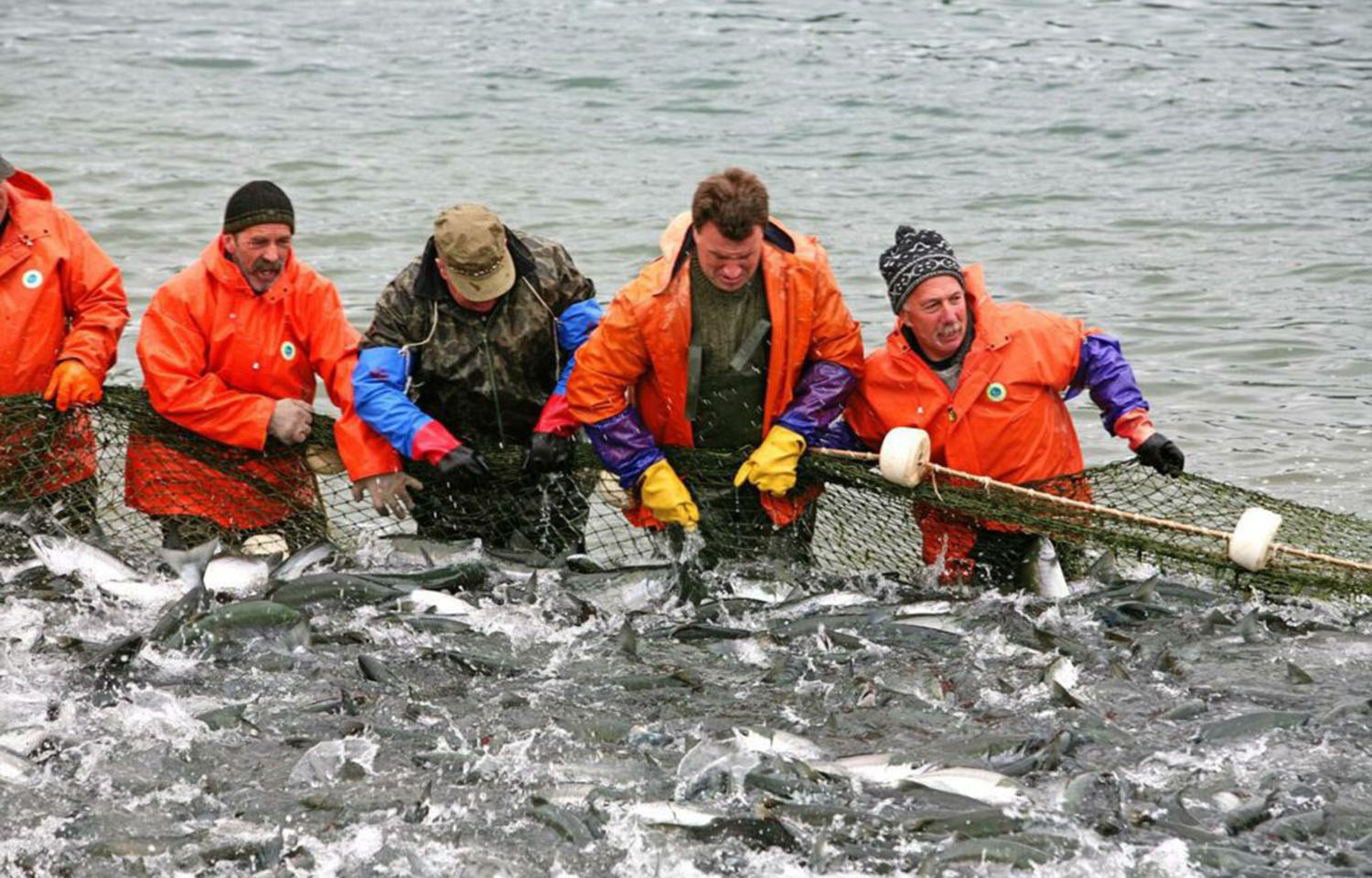Statistics posted by the Russian Federal Fisheries Agency (Rosrybolovstvo) are forecasting a lower salmon catch in the country’s Far East year over year, as the beginning of the fishing season has gotten off to a slow start.
Russian salmon fishers in the Far East are predicted to catch 320,000 metric tons (MT) of salmon based on initial forecasts from VNIRO – the All-Russian Research Institute of Fisheries and Oceanography. That total would be down from the 490,000 MT caught in 2023 – a year in which VNIRO forecasted a potential catch of 609,000 MT.
According to Rosrybolovstvo, as of 27 June, salmon fishers had caught 2,440 MT of Pacific salmon in the Far East – with 1,800 MT of that total coming from Kamchatka – marking a slower pace than in 2023.
“The beginning of the fishing season this year is not as intense in terms of fish arrivals as in 2023,” Rosrybolovstvo said.
Climatic and hydrological conditions are largely to blame for the slower start.
"Our science says that for now, this is only a delay in approaches; VNIRO research, which is conducted after the salmon have started to spawn, will help to clarify the forecasts,” Rosrybolovstvo Head Ilya Shestakov said. “It is important to coordinate the work to ensure sustainable fishing in order to develop the resource as efficiently as possible with a priority on optimal filling of spawning grounds.”
Shestakov also met with Kamchatka Krai Governor Vladimir Solodov in June to discuss issues related to the region’s fishing industry, with an emphasis on the salmon fishery, Rosrybolovstvo said.
“It is important to ensure that the fishing season, although it will not be as record-breaking as in 2023, is coordinated and without problems,” Shestakov said.
Kamchatka produces more seafood products than any other region of Russia. Last year, more than 30 percent of Russia’s total seafood catch came from Kamchatka, which was, in part, thanks to the region catching 80 percent of the country’s salmon.
While the forecast projects a lower catch in 2024 than in 2023, Shestakov said an increase in ...








